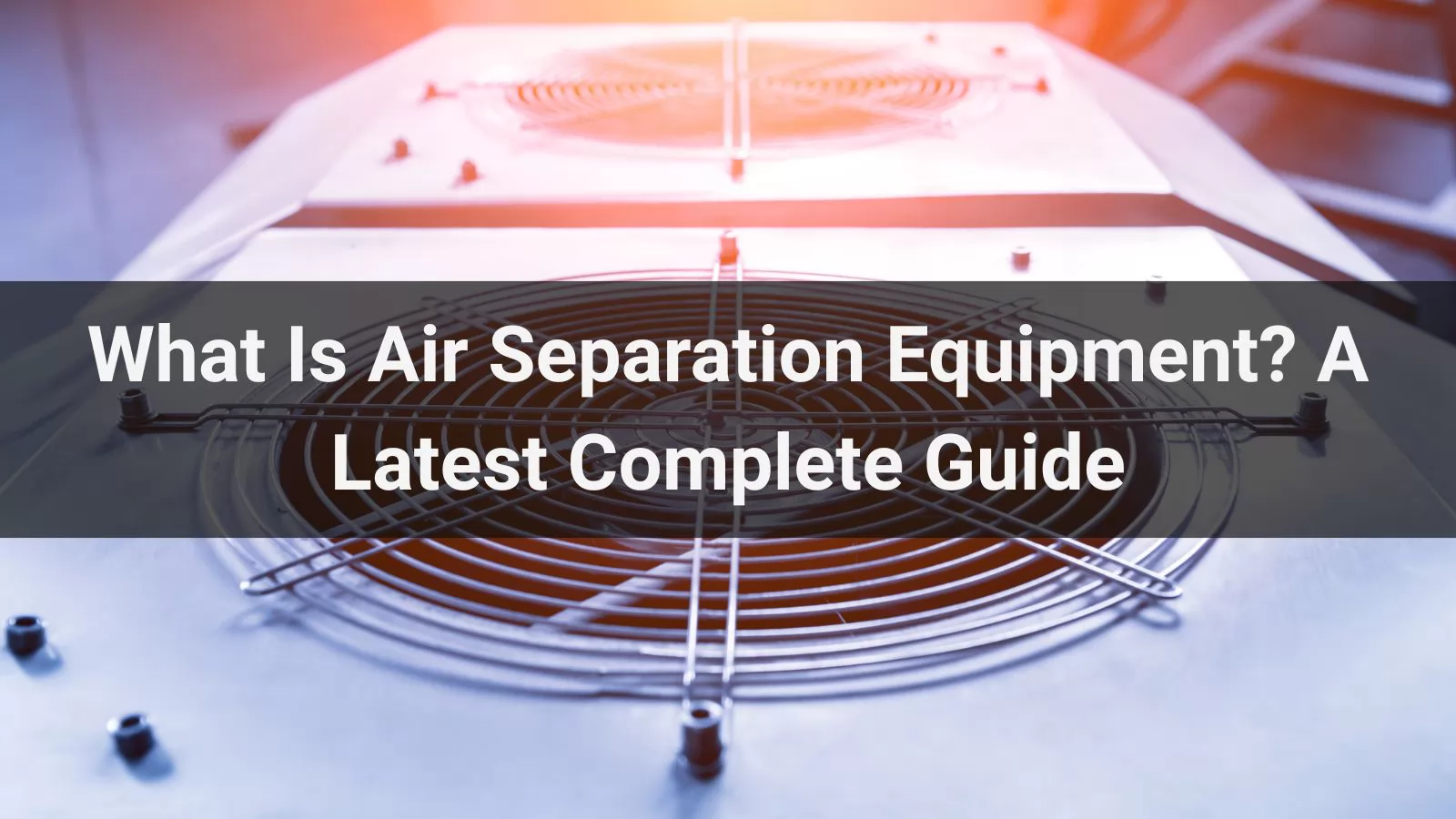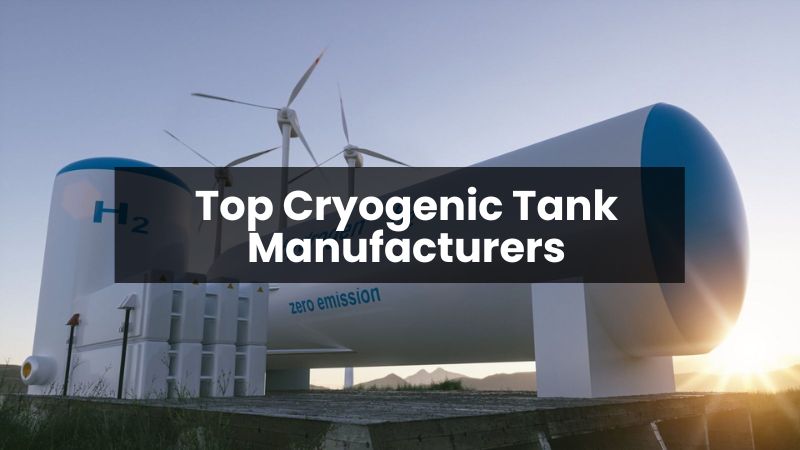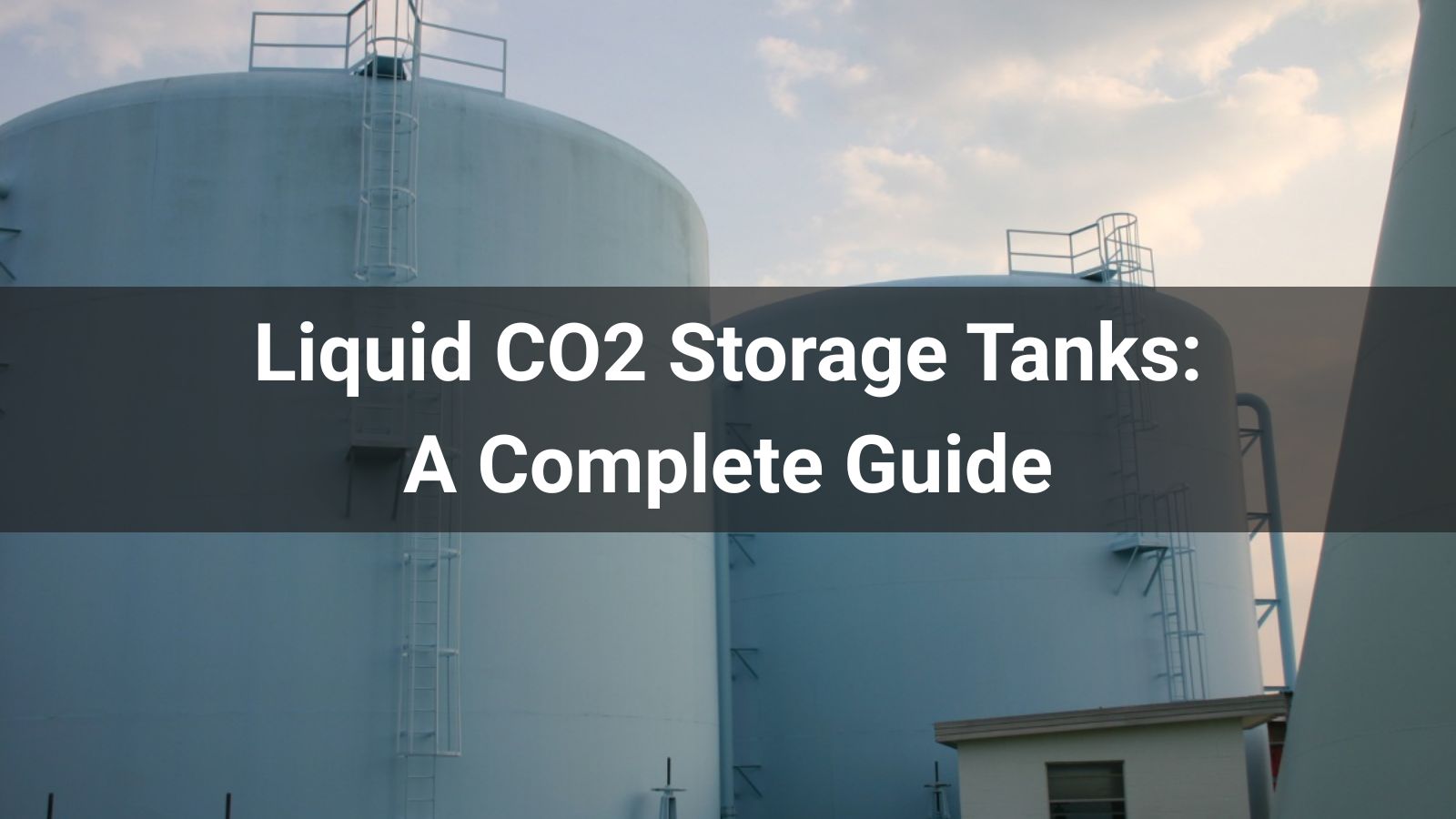






Air separation equipment is designed to extract specific components from atmospheric air—primarily oxygen (O2), nitrogen (N2), and argon (Ar)—for industrial use. This is typically achieved by exploiting the different boiling points of gases in a cryogenic distillation process. These systems are foundational in industries like metallurgy, chemical processing, electronics manufacturing, and healthcare.
Air is first compressed and purified to remove moisture, CO2, and hydrocarbons. The clean air is then cooled to cryogenic temperatures (below -180°C), liquefied, and sent into a distillation column. As the mixture boils, gases with lower boiling points (like nitrogen) rise, while others (like oxygen) condense and fall. Each component is drawn off at different heights of the column.
From producing medical-grade oxygen to facilitating LNG processing, air separation systems are essential in sectors such as:
As a trusted name in cryogenic technology, CryoTech delivers air separation systems that combine advanced engineering, international certifications (ISO, GOST, BV), and deep customization options. Whether your operation demands compact PSA units or full-scale cryogenic plants, CryoTech offers:
Backed by global support and turnkey installation capabilities, CryoTech stands out as a partner—not just a supplier.
No. PSA, VSA, and membrane technologies are widely used, especially for lower purity needs or where mobility and energy efficiency are prioritized.
Yes, but proper pre-filtration and moisture removal systems are essential to prevent adsorbent saturation and ensure long-term reliability.
With routine maintenance, cryogenic plants can last over 20 years. PSA systems often require adsorbent replacement every 5–7 years.
ISO 9001, CE marking, and regional safety compliance (e.g., GOST for Russia, BV for marine) are standard. CryoTech provides all necessary certifications.
Visit the official CryoTech website and use the “Request a Quote” feature or contact their technical team for customized consultation.
In 2025 and beyond, industries will increasingly rely on smart, efficient, and safe air separation systems to power progress. Understanding the technologies, selection criteria, and key players—like CryoTech—can give your business a serious edge. Whether you're scaling up a facility or improving operational efficiency, the right air separation equipment is a game-changer.



![Top 10 Cryogenic Companies in USA[2025 Updated]](/statics/images/right.png)
![Top 10 Cryogenic Companies in USA[2025 Updated]](/uploads/202508/bannerlist_1756363009_WNo_800d450.jpg)



